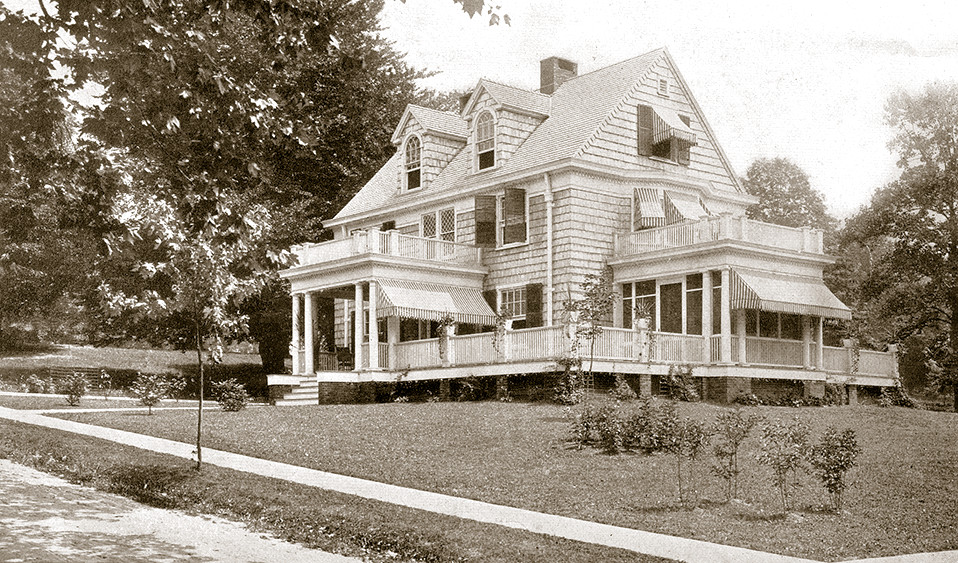Lovely though it is, this site began as a box full of challenges.
There was the 1980s cottage with its eight-foot ceilings – something client and architect attempted to save, but that ultimately had be cleared out.
There was the flood plain, and the height and depth restrictions, courtesy of FEMA.
But there it was on the water, with its views out over lush, green saltwater marshes toward the IntraCoastal Waterway.
“It’s a pretty special place,” says Michael Kersting, principal in Kersting Architecture of Wilmington, N.C. about the home called “Waterline.” “They’ve got a navigatable channel for their boat.”
Boating and contemporary architect mingle in his design for his clients’ 4,100 square foot home. It draws on the tradition of wood-built American Chris Craft and Italian Riva speedboats, with mahogany soffits and other elements mixed in with bright whites reminiscent of a ship’s hull. “It’s the contemporary Frank Lloyd Wright idea that if you place concept and philosophy together, the style will emerge,” he says.
But it’s the engineering that’s particularly striking here, especially in response to the threat of surging water. “It’s a high hazard area where the ocean could come up into the home, so it’s on pilings,” he says. “By the time you lift the structure up to the required height and then the municipal roof height, you’re so limited by the amount of vertical planes to build in.”
He’s referring to its wooden 8″ x 8″ pilings, sunk 16 feet deep as mandated by the building code. The home’s first floor is 11 feet above grade – and 17 feet above sea level. And with four bedrooms, sight lines had to be considered.
“Every room has to have a nice view – even the street side had marsh views, and you can catch a glimpse of the ocean from the street side too,” he says. “Also there’s the privacy issue – so many cottages here are built on top of each other, so you want the owner to feel privacy. It’s important to be open but closed off from the eyes next door.”
The materials are built to survive the demanding elements of coastal North Carolina – but with a certain amount of modern style: metal, stainless steel cables, an aluminum roof, concrete-board Hardie products, and commercial grade windows.
So it strives for a contemporary look – but will peek back over its shoulder as time passes. “They wanted to say something about now, but look at it several years from now and say that it stood the test of time – that we chose a direction that’ll be appealing as time goes on,” he says.
This, then, is a waterfront house that to paraphrase Faulkner, will not only endure, but prevail.
[slideshow id=1480]

